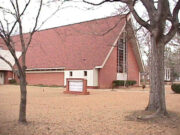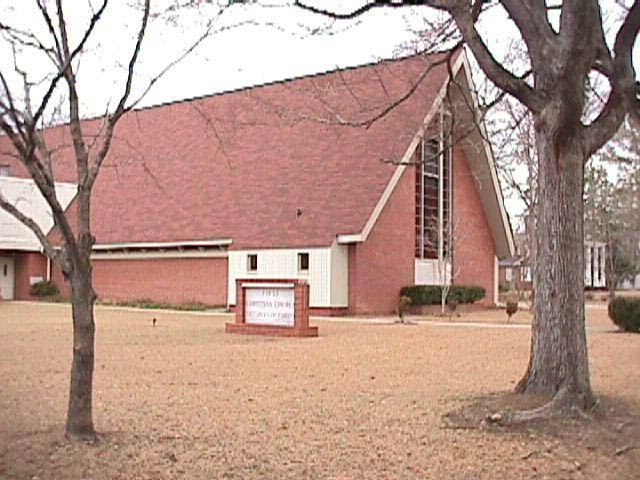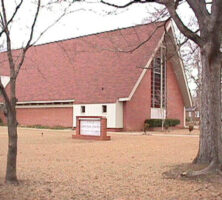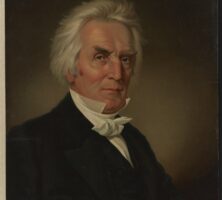The Restoration Movement began about 1800 by Protestants who wished to unify Christians after the pattern of the primitive New Testament church. Restorationism is an indigenous American religious movement that avoids creeds, declaring “no creed but Christ” in the hopes of bringing all Christians into accord with the New Testament pattern described in the book of Acts. Today numerous congregations in Georgia exist as the result of the Restoration Movement.
History
The Restoration Movement began in several places on the frontiers in Kentucky and southwest Pennsylvania. The success of the Cane Ridge Revival (a Kentucky camp meeting) persuaded Barton Warren Stone, who had taught school in Georgia, that all denominations needed to work together in order to reap the harvest of souls on the frontier. Together with several other ministers, he organized the “Christian” (or restoration) movement.
In 1807 Thomas Campbell, a Presbyterian minister of the Seceder Presbyterian Church of Scotland, immigrated to America. He had by this time adopted the idea of restoring the primitive church of the New Testament. After he was suspended from his Presbyterian ministry for practicing open communion, he formed the Christian Association of Washington (in Washington County, Pennsylvania). In 1809 he published Declaration and Address, a treatise rejecting denominationalism. That same year Campbell’s son Alexander joined him in Pennsylvania after completing his studies at the University of Glasgow in Scotland, where he had learned about the ideas of James Alexander Haldane and Robert Haldane regarding restorationism.
The Christian Association of Washington was reconstituted as the Brush Run Church, and by the summer of 1812 Alexander Campbell believed that the New Testament mode of baptism was by immersion. The Campbells joined the Redstone Baptist Association in 1813. The younger Campbell then began preaching and debating publicly throughout Indiana, Kentucky, Ohio, Tennessee, and western Virginia.
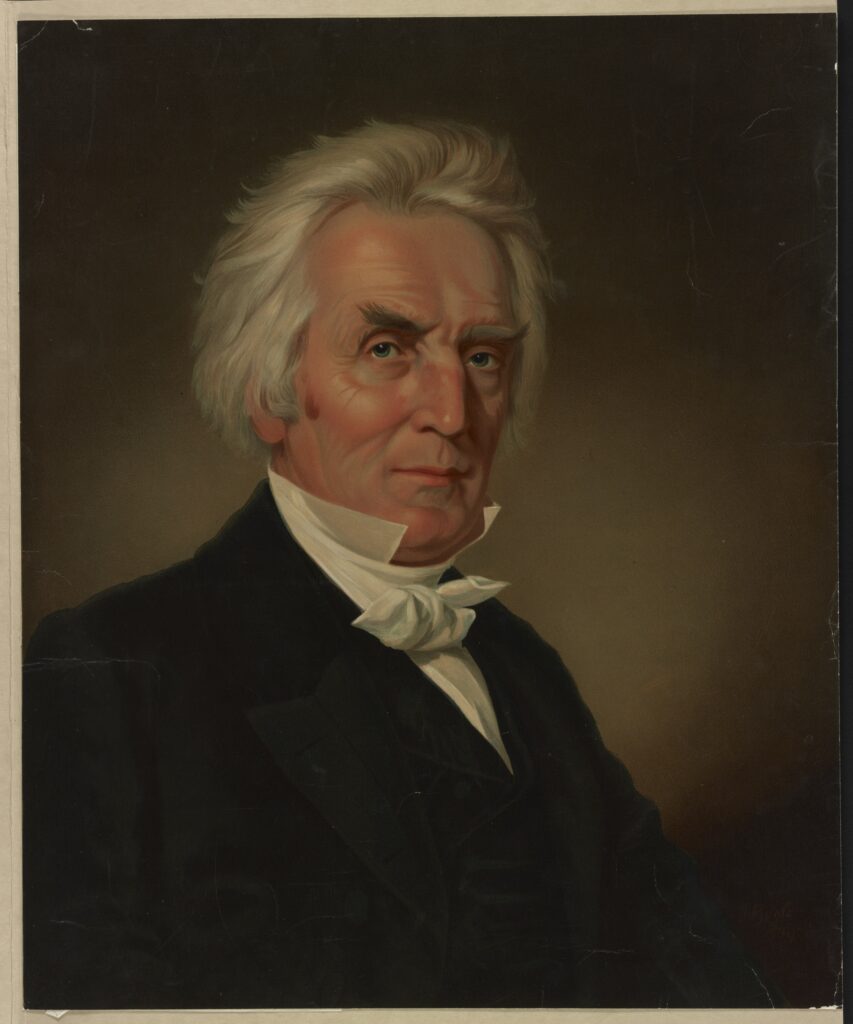
In 1832 the “Campbellites,” or Disciples of Christ, as they preferred to call themselves, joined with the “Christians,” or followers of Stone, at Lexington, Kentucky, and grew rapidly. However, half of Stone’s group did not join the new group, forming instead a Christian fellowship that merged nearly a century later, in 1931, with the (Puritan) Congregational Church (part of the United Church of Christ since 1957).
In 1849 the Disciples organized the American Christian Missionary Society. The Restoration Movement’s motto, “Where the Scriptures speak, we speak; where the Scriptures are silent, we are silent,” however, led strict restorationists to oppose missionary societies, because the Bible does not explicitly advocate the use of missionaries. As liberal theology, which encourages the inclusion of modern concepts in and the individual interpretation of religious doctrine, spread in the latter part of the nineteenth century, tensions developed within the movement. Schism became official in Religious Bodies, a document first issued in 1906 by the U.S. Census Bureau, which listed the strict restorationists as the churches of Christ separately from the Disciples of Christ.
By 1927 the independent Disciples of the “brotherhood” (a term used to avoid “denomination”) who wanted to escape the growing centralization and liberalism of the movement formed the North American Christian Convention. By 1971 they were listed in the Yearbook of American Churches as the Christian Churches and Churches of Christ.
Restorationist Churches
Restorationism has been the source of several important Protestant churches, including the Christian Church (Disciples of Christ), the Christian Church and Churches of Christ (Independent and Centrist), and the churches of Christ (noninstrumental). These churches practice weekly communion and the baptism of believers by immersion. They are also congregational in polity, with elders and deacons serving as officers.
Christian Church (Disciples of Christ)
The Christian Church (Disciples of Christ) has sixty-nine congregations in Georgia. Leaders in the church are usually theologically liberal. Nationally, the denomination’s strongest presence is found in the central part of the United States, from Kentucky to Texas. The Christian Church may receive into membership people who were baptized according to the practices of other denominations without requiring rebaptism.
The Disciples operate Camp Christian in Gordon (in Wilkinson County) as a summer camp and retreat center. The Disciples’ educational institution in Georgia is the Atlanta United Divinity Center, which ministers to Christian Church (Disciples of Christ) and United Church of Christ students attending seminaries in the Atlanta area. Among its many ministries are the nonprofit Campbell Stone Apartments, which provides residences for retirees in Atlanta.
Christian Church and Churches of Christ
The Christian Church and Churches of Christ has dozens of congregations in Georgia. Point University (founded as Atlanta Christian College in 1937) is the educational institution serving adherents. These churches are theologically conservative, relying primarily on traditional interpretations of Scripture to establish church doctrine. Musical instruments are used during their worship services.
Churches of Christ
The churches of Christ (their preferred spelling is lowercase) are numerous in Georgia. The theology of these churches is usually very conservative or fundamentalist, and members seek to follow only those practices and beliefs clearly taught in the New Testament. Describing themselves as “undenominational,” adherents have no central headquarters or presiding officer but use informal contacts to associate with those churches that share a common polity. They believe that musical instruments should not be used in worship because there is no verse in the New Testament that explicitly authorizes this practice.


